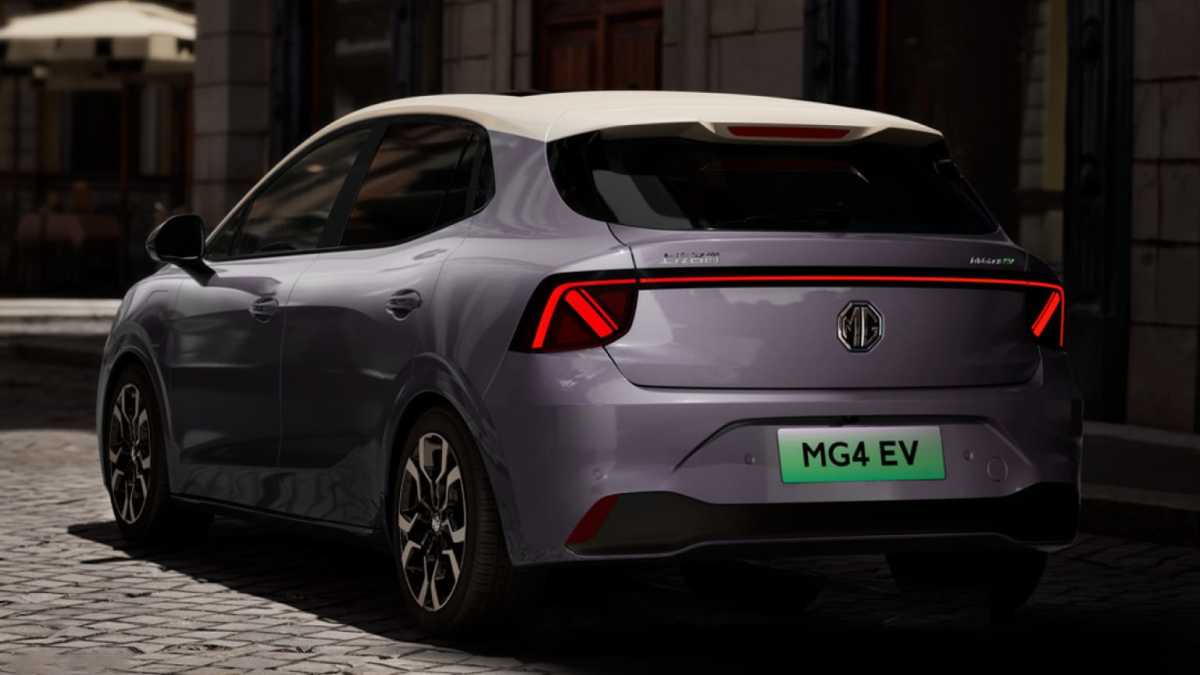China is ahead of the game
For most auto enthusiasts, solid-state batteries are viewed as the final hurdle for electric vehicles. These types of batteries offer a longer range, faster charging, and improved performance in extreme temperatures. Affordability is a problem; solid-state battery tech isn’t new, but the industry has yet to produce it at scale, making it incredibly expensive.
So why is a mid-range EV in China getting solid-state battery tech? MG Motor, a state-backed Chinese automaker, will soon produce a hatchback (the MG4) with semi-solid-state battery technology, and it will be available to buyers for 80,000 yuan to 120,000 yuan – or roughly $11,000 to $17,000.

The MG4 – how it has solid-state battery tech
In a conventional lithium-ion EV battery, liquid electrolyte travels between a positive cathode and a negative anode (both electrodes) to supply power. It’s this specific movement of liquid that matters for battery performance; if you use more components in your car, more of the liquid has to migrate through the battery, reducing its range. Similarly, using the AC or heat less helps you get the most from your EV’s range.
A solid-state battery has no liquid; instead, it uses a solid electrolyte for energy transfer between electrodes. This means far less time charging a battery, increased battery density (which translates to more power storage and, consequently, a more extended range), and possibly improved battery life.
The MG4’s “semi-solid-state” battery is a step toward full solid-state battery technology in an EV. Instead of a liquid, the battery will use a gel electrolyte. Swapping liquid for gel is more easily and affordably produced than solid-state batteries. It also provides many of the stability, structural integrity, and thermal safety benefits of a proper solid-state battery.
While there’s no strict designation, a semi-solid-state battery is generally defined as one with less than 10 percent liquid electrolyte. The semi-solid-state battery used in the MG4 will be five percent liquid electrolyte. It has reportedly passed a 360-degree puncture test and achieved a 13.8 percent better range retention in cold weather compared to traditional lithium-ion phosphate battery technology. The battery density is 180 watt hours per kilogram, which leaves a lot to be desired. Tesla’s 4680 lithium-ion cells, by comparison, offer at least 272 watt hours per kilogram. For an $11,000 EV, though, we’re not going to complain too much.
Final thoughts
The worldwide auto industry may be overlooking semi-solid-state battery technology. While we’re left wondering when solid-state batteries will hit EVs, MG Motor is at least trying something different. A 333-mile range isn’t incredible, but it’s more than adequate for most drivers.
At this rate, the auto industry risks leaving itself in the same position mobile tech has been in for over a decade. Many have longed for solid-state battery technology to be made available for everything from smartphones to toothbrushes for years. The song has remained the same: it’s too expensive to make solid-state batteries, and the infrastructure isn’t available. Semi-solid-state batteries address many issues EV doubters have. It might be smarter to give people a step toward the end goal of solid-state rather than expecting them to hold off on electrifying their small garage fleet. Instead, everyone outside of China is left wanting.
